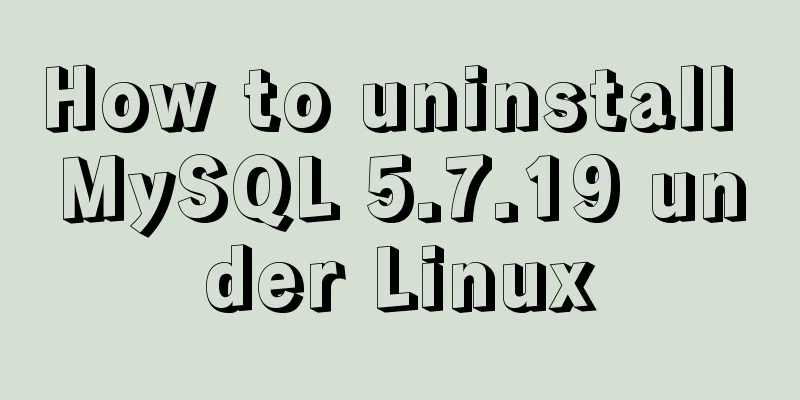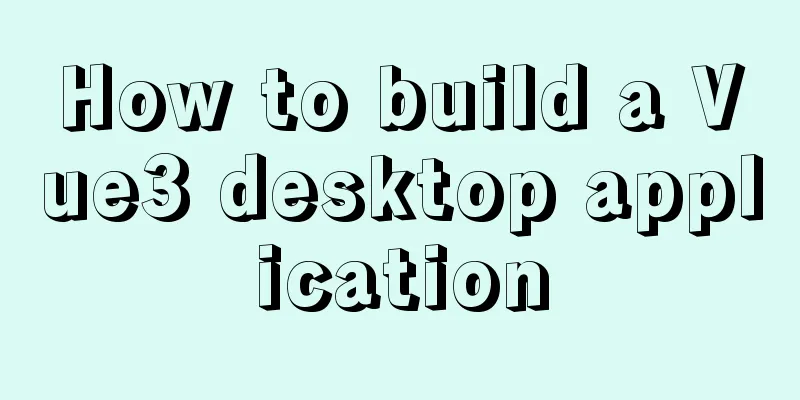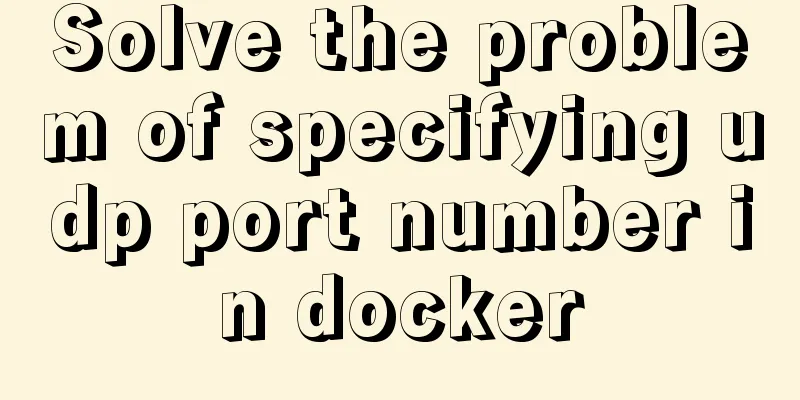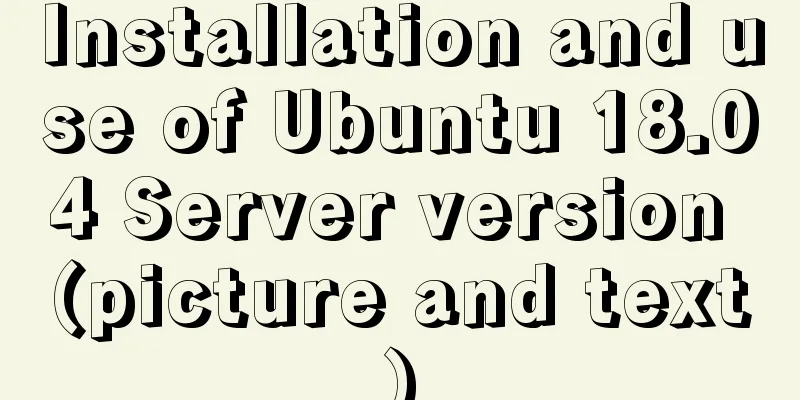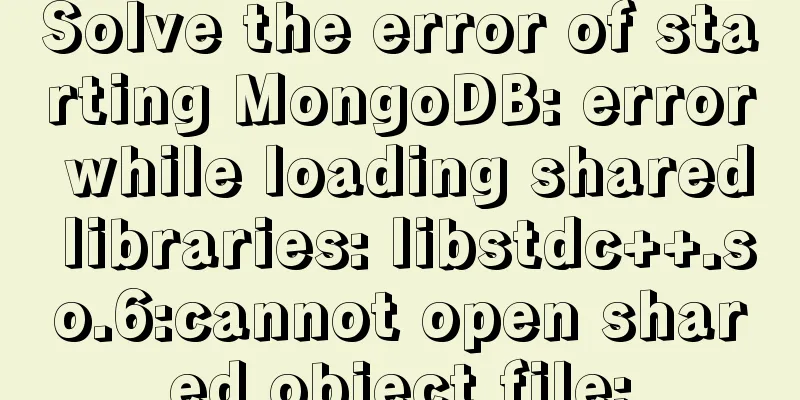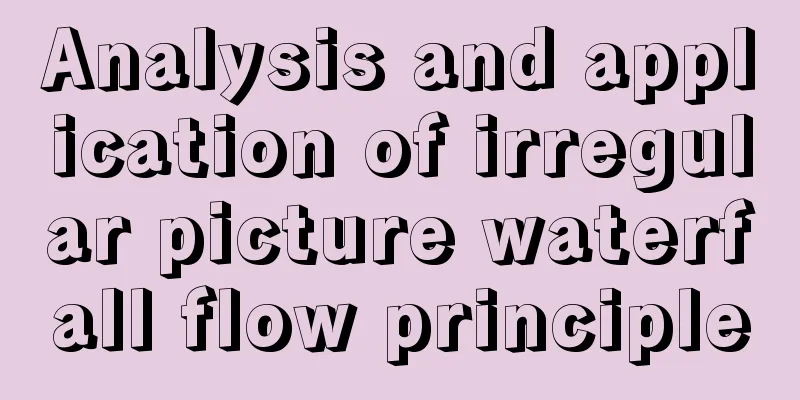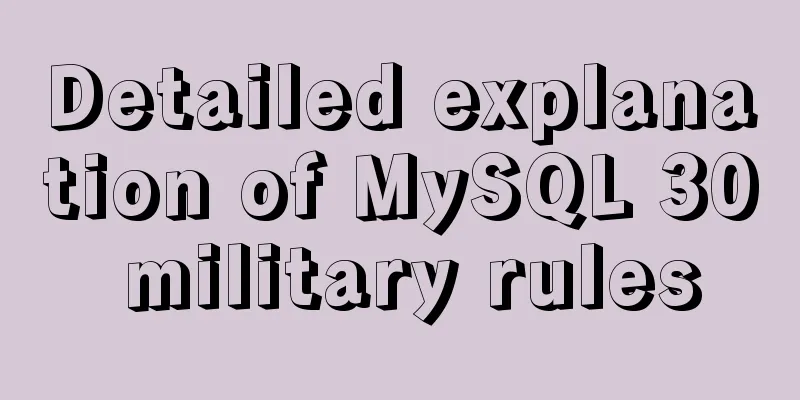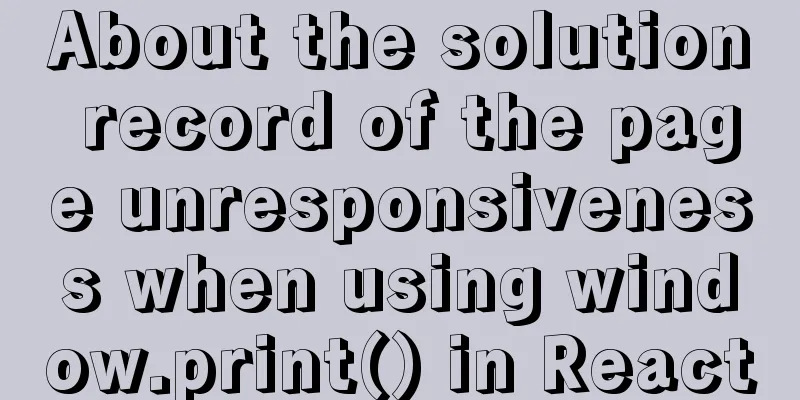How to use border-image to implement text bubble border sample code
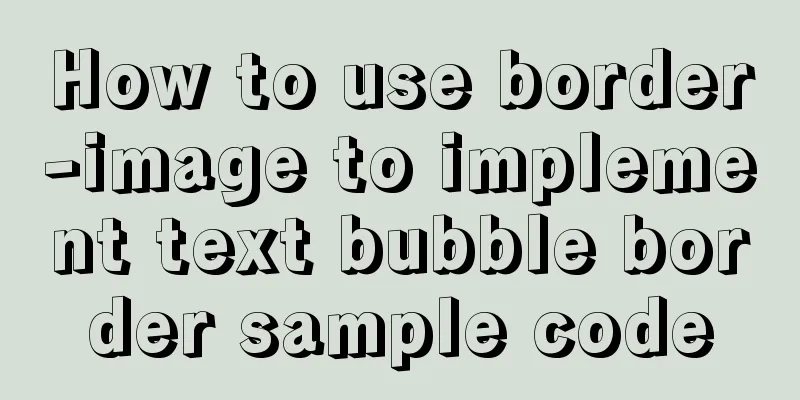
|
During the development activity, I encountered a very simple text bubble effect, which is roughly like this.
Emmmm, it looks simple. The implementation idea is as follows
It's basically not difficult and can be done in minutes. until... Product: Oh, by the way, this bubble chart will be made configurable in the background later. Then we can just upload the picture, which will be regarded as the user’s personal signature. I:! ! ! (╯‵□′)╯︵┻━┻ This is a bit embarrassing. You can’t have a before picture and an after picture for the product and write the gradient in between yourself. I guess I'll be hacked to death in any minute. In the early years at work, I heard an Android colleague talk about something called .9png, so I searched online to see if the front end could achieve a similar effect. Sure enough, I found it. .9png What is .9png? .9png is an image format on Android, specifically used for bubble effects. Its characteristic is that it divides a picture into 9 parts, and the four corner areas will not be stretched. Only the middle part will be stretched.
In this way, even if your content area expands, the elements retained in the corners will not be deformed. Front-end implementation Smart students can directly click here to see the effect https://codepen.io/gong12339/pen/PowxmzL The following attributes are needed to implement .9png on the front end. The officially recommended .9png image resolution is 81 * 81, so each of the 9 cut areas is 27 * 27 in width and height. Because my piece is a rectangle, I need to measure the position of the slices myself. And my picture obviously does not support vertical stretching
.border {
border-width: 18px 44px 25px 28px;
border-style: solid;
border-image-source:url(https://raw.githubusercontent.com/gong12339/vic-blog/master/static/img/border.9.png);
border-image-slice:25 44 25 28 fill;
border-image-width:25px 44px 25px 28px;
}
Here we will focus on
At this point we have basically completed the configuration The above is the full content of this article. I hope it will be helpful for everyone’s study. I also hope that everyone will support 123WORDPRESS.COM. |
<<: Advantages of MySQL covering indexes
>>: Analyze the problem of Zabbix 5.0 disk automatic discovery and read-write monitoring
Recommend
Detailed tutorial on installing Hbase 2.3.5 on Vmware + Ubuntu18.04
Preface The previous article installed Hadoop, an...
How to use native JS to implement touch sliding monitoring events
Preface I wrote a small demo today. There is a pa...
Similar to HTML tags: strong and em, q, cite, blockquote
There are some tags in XHTML that have similar fu...
How to implement Vue timer
This article example shares the specific code of ...
Several common methods of CSS equal height layout
Equal height layout Refers to the layout of child...
Docker beginners' first exploration of common commands practice records
Before officially using Docker, let's first f...
In-depth understanding of Vue's method of generating QR codes using vue-qr
Table of contents npm download step (1) Import (2...
MySQL scheduled backup solution (using Linux crontab)
Preface Although some love in this world has a pr...
Detailed explanation of three relationship examples of MySQL foreign keys
This article uses examples to describe the three ...
HTML Tutorial: Collection of commonly used HTML tags (4)
These introduced HTML tags do not necessarily ful...
In-depth explanation of MySQL isolation level and locking mechanism
Table of contents Brief description: 1. Four char...
Using vsftp to build an FTP server under Linux (with parameter description)
introduce This chapter mainly introduces the proc...
Summary of 9 excellent code comparison tools recommended under Linux
When we write code, we often need to know the dif...
In-depth understanding of the implementation principle of require loader
Preface We often say that node is not a new progr...
Explore how an LED can get you started with the Linux kernel
Table of contents Preface LED Trigger Start explo...



